See. Learn.
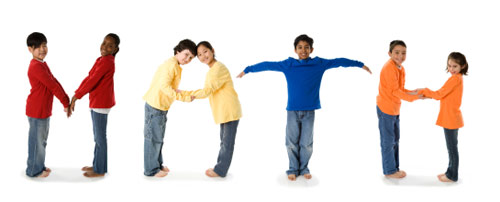 One of the keys to great education is to raise children in a “print-rich environment” (see Maya Thiagarajan, “are asian kids really better at math?” Parents, September 2016), by surrounding them with access to books and examples of parents, siblings and others reading a lot.
One of the keys to great education is to raise children in a “print-rich environment” (see Maya Thiagarajan, “are asian kids really better at math?” Parents, September 2016), by surrounding them with access to books and examples of parents, siblings and others reading a lot.
Without such immersion to the world of words, it’s more difficult for many children to get excited about learning. Indeed, Montessori taught that such a learning-rich environment is among the very most important facets of promoting quality education.
In Leadership Education/Thomas Jefferson Education (TJEd) we recommend reading to young people from the time they are very small all the way into adulthood. Reading aloud is even more important than having lots of books on hand, since it gets the child actively involved. And both are crucial.
We even recommend that every home set up at least one TJEd Bookshelf, which consists of children’s books and materials on the bottom shelf, teen books on the middle shelves, and more advanced classics on the higher shelves. Children raised near such bookshelves naturally read what they can reach, always looking upward to the next phase—knowing it will someday come, and enthusiastically looking forward to it.
Knowing vs. Doing
Sadly, while many Westerners use books and other printed materials “in all of their decorating,” to quote the Disney movie Beauty and the Beast, a lot of people are less prone to also raise their children in a math-rich environment. That’s too bad, because just like a home where prints of fine art are present on the walls, or where quality music is part of the day-to-day experience, what we focus on tends to grow. Homes where the topics of math and science are introduced only when children formally study them are less helpful in encouraging and supporting math learning.
Consider the following excerpts from an article on math education by best-selling author Maya Thiagarajan:
- When “we moved to Singapore …. I was struck by how focused parents … were on giving their kids a strong math foundation. It quickly dawned on me that parents in Singapore seemed to be doing for math what American parents do for reading.” (ibid.)
- They “integrated math into their daily life by talking to their kids about numbers, shapes, and patterns right from the get-go.” (ibid.)
- “They played math games in the car and at the dinner table.” (ibid.)
- “They taught their [children] chess and they spent money and time on Lego sets, blocks, tangrams, jigsaw puzzles, origami, and [math-based] board games.” (ibid.)
- “One mother described how she used the elevator in her apartment building to teach math. ‘Riding an elevator is like riding up and down a number line,’ she said. ‘It’s a great way to get your kids thinking about math.’” (ibid.)
- “Another mom described how she engaged her pre-school age son in conversations about the math all around him. She introduced him to shapes on the playground. ‘There’s an isosceles triangle!’” (ibid.)
- “Kids [in Singapore] consider math-related activities to be a normal part of childhood …. Just as good readers are kids who read a lot, good mathematicians are kids who do a lot of math.” (ibid.)
And their parents do a lot of math—which makes all the difference. It’s the key educational principle of “You, Not Them.” Of setting an example. When parents who read a lot tell and show their kids how great reading is, the kids flat out believe them. They’ve already witnessed the proof of it for years. The same is true with parents who make math an open and valued part of daily life.
In fact, math-based games, puzzles, stories, youth-oriented biographies of great mathematicians , manipulatives, and a parent with a pen and paper and even the barest love of some new math idea, can make math extremely fun. For example, the magazine Family Fun dedicated an entire article in its August/September 2016 issue to the benefits of the Rubik’s Cube in teaching mathematical thinking to the rising generation. (Patty Onderko, “Puzzling it Out,” Family Fun, August/September 2016)
Cubes and Sheets
If this seems like a blast from the past, a lot of math does. It’s classic, after all. But it’s still fun. As Patty Onderko put it: The Rubik’s Cube “is an awesome way to practice the logic and problem-solving skills that are crucial to [math and science] education.” (ibid.) It also strengthens the skills of pattern recognition and “if/then” reasoning, both of which are vital to math success. (ibid.)
Put this old-fashioned toy (the Rubik’s Cube) in the hands of today’s young learner, and add in a new-fangled educational revolution called YouTube, and you’ve got something sensational on your hands. (ibid.) “Turns out there are rules for solving the Rubik’s Cube”, Onderko said, “and plenty of online tutorials.” (ibid.)
She continued: One of the “biggest benefits of” the Cube is that “gratification isn’t immediate—kids have to pull from their reserves of persistence, determination, and resilience to be successful.” (ibid.) It’s a natural gateway to working math problems, building spreadsheets, and completing math worksheets and story problems. It even has direct application to learning how to create and understand algorithms, which are key in computer coding. (ibid.) For example, the nation of Estonia has now made learning algorithms and computer coding required subjects in elementary and high school. Other countries are considering the same.
One of the most important things a parent can do to teach mathematical thinking is help young people learn to build and use spreadsheets. This is not only great for problem-solving, reasoning skills, and pattern recognition, it also teaches the learner to use mathematical innovations and ingenuity. Again, any parent (or youth) wanting to master spreadsheets can find numerous online tutorials.
Experiencing Math
Four great books about math to read aloud to children (ages 8-13) include the following, in this recommended order: Mathematicians are People, Too, Archimedes and the Door to Science, The Phantom Tollbooth, and The Rithmatist. Of course, the key is to read these books aloud with the kids, have fun, and stop to discuss ideas and principles that come up. Parental involvement in this process will drastically increase how much children learn. [click here for math classics for kids! >>]
This one choice (to read these books together aloud and discuss them) will drastically improve the math-richness of your family, home, or classroom environment. For students who are already prolific readers, you can read these same books more quickly and engage in 1-2 hour discussions about what everyone (students and parents) has learned.
In addition, to get some really exciting math quotes, fun stories, and inspiring ideas to share with your kids, read the following book on your own: A Beginner’s Guide to Constructing the Universe. (Two TJEd audios are available that discuss this book in even more detail, and they are really fun and will take your reading to an even higher level). Take good notes as you’re reading, and this book will provide lots of material for creating a math-rich environment in your home.
(If you already have a strong math background, read A Beginner’s Guide to Constructing the Universe and Roger Penrose’s The Road to Reality—both will help you map your advanced knowledge to more fun and effective math activities with your kids. Then read Capra’s Tao of Physics.)
The truth is that parents who help children and teens experience math principles, words, phrases, ideas, shapes and stories as part of everyday life are creating a math-rich environment for their kids. This will make a huge difference for them when it comes time to engage math textbooks, problems, proofs, etc. And it is a fun process for both kids and parents along the way. Really fun!



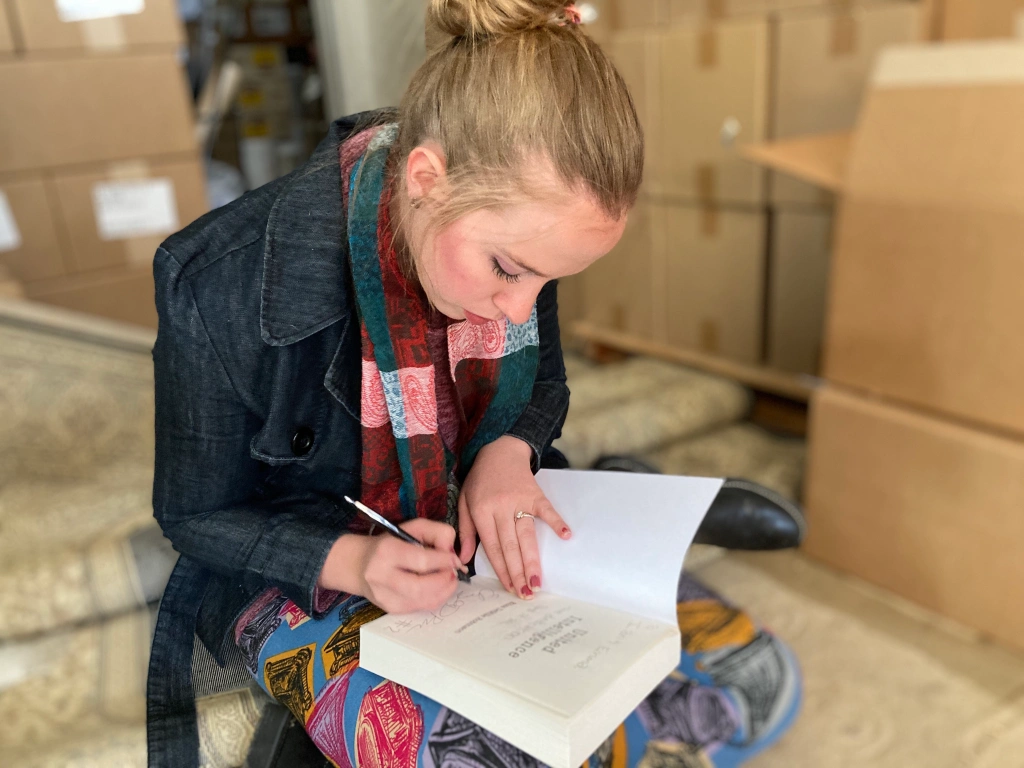
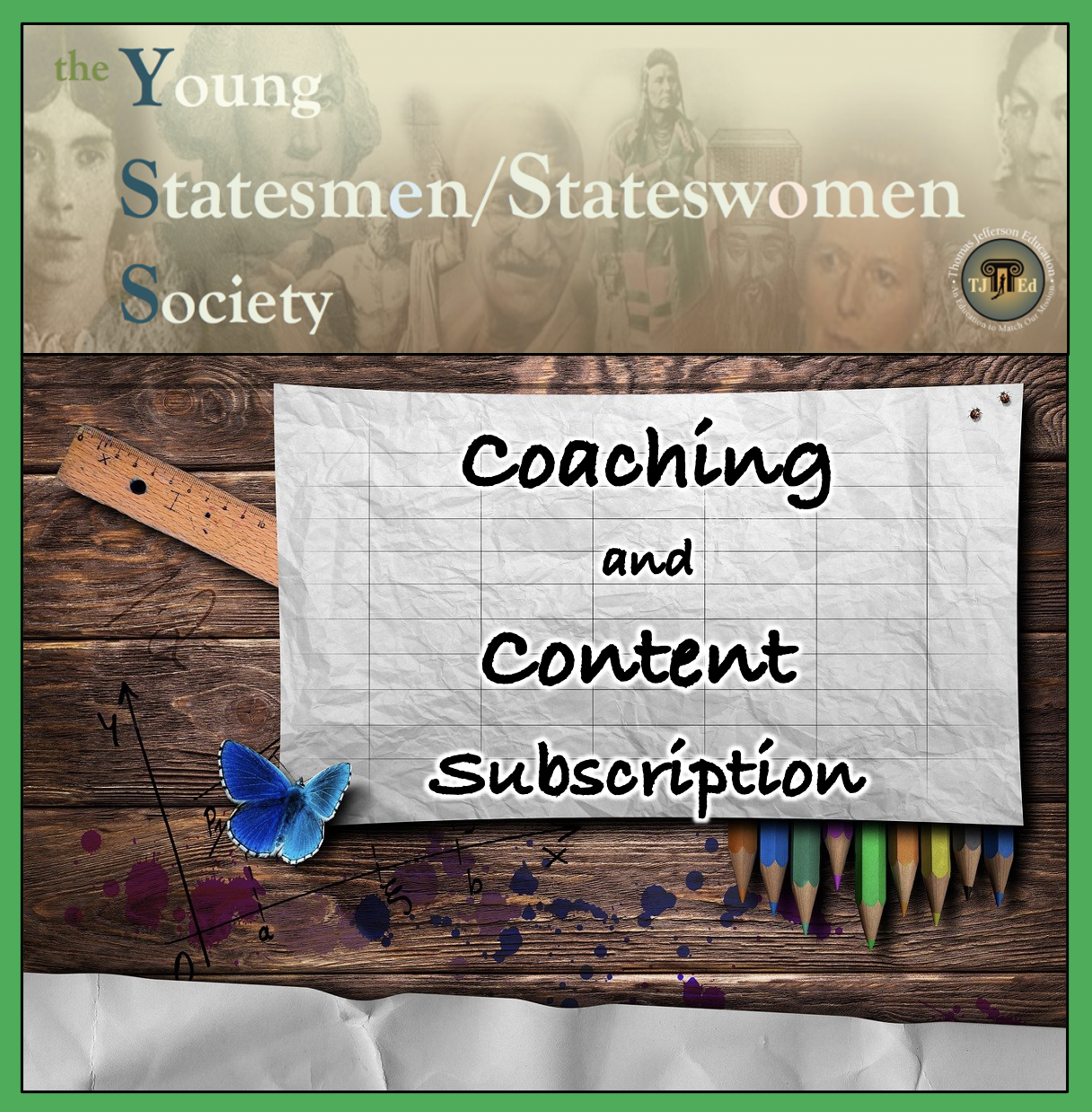
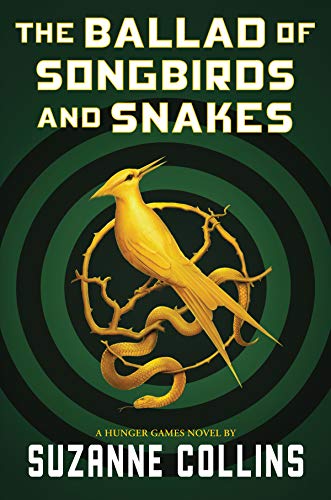
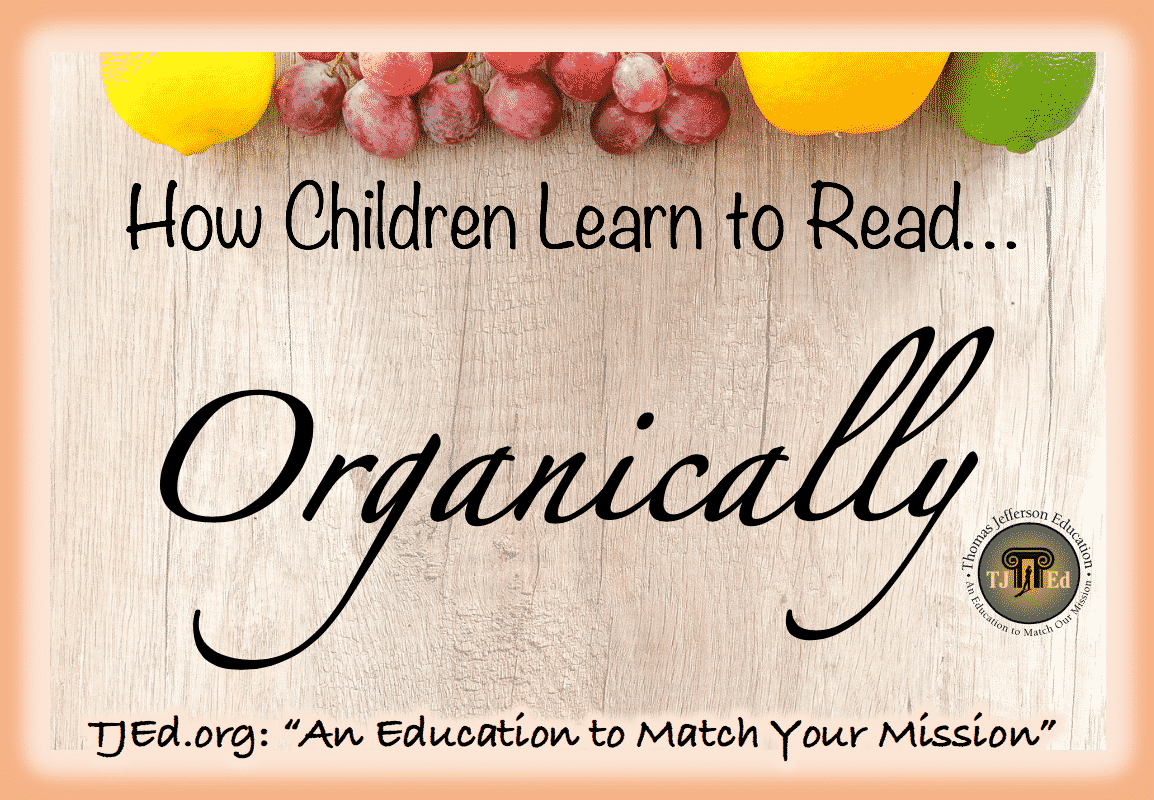
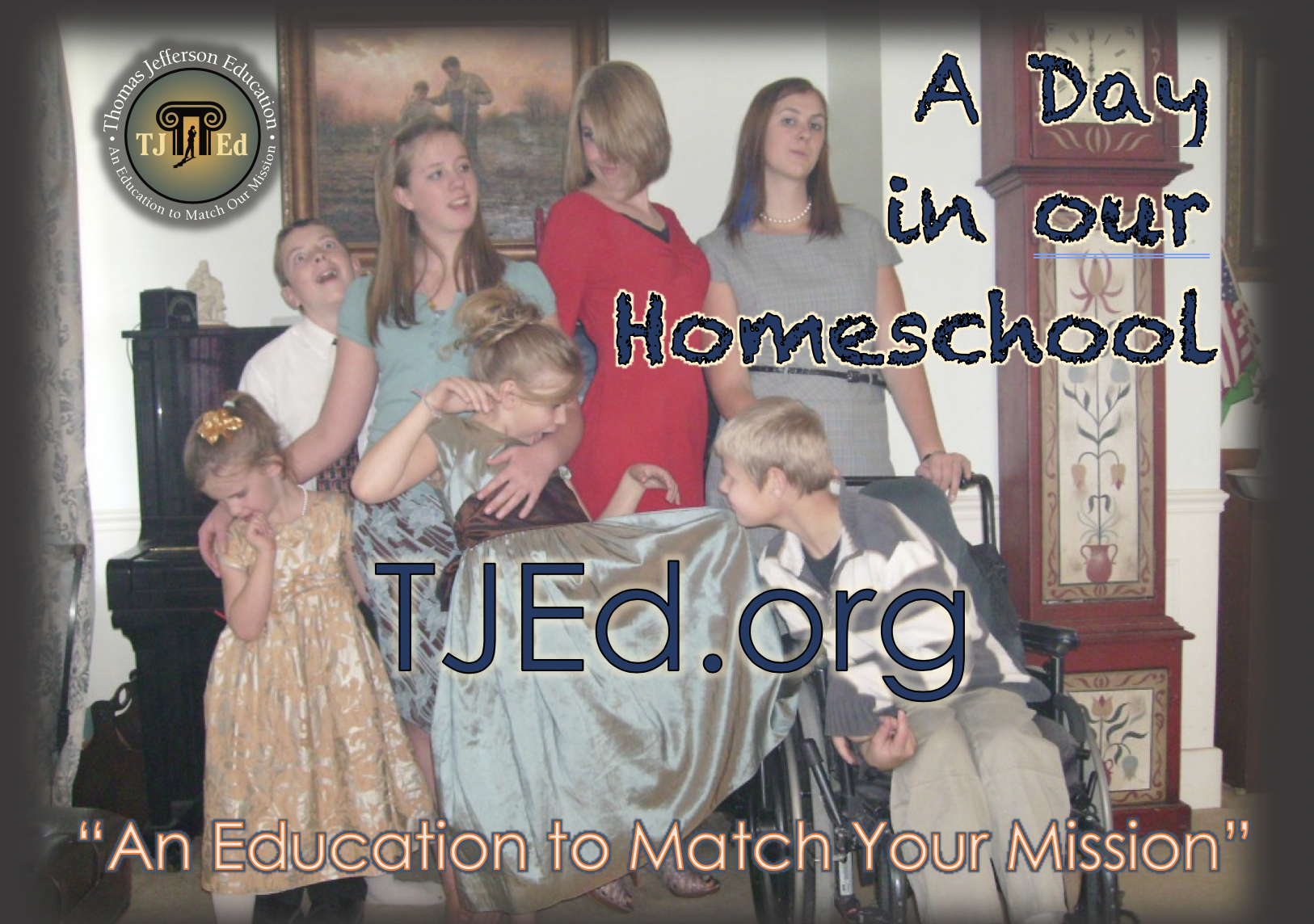
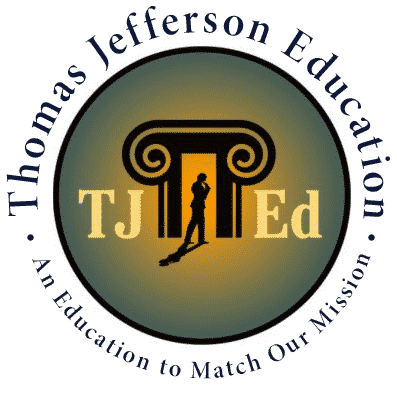


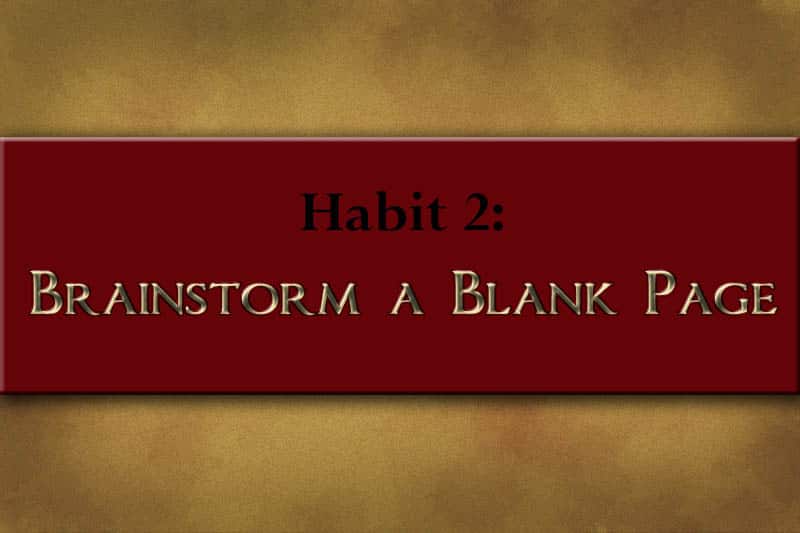





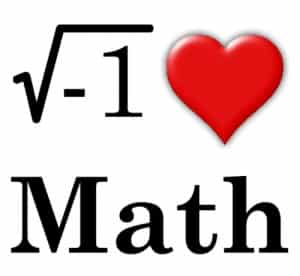
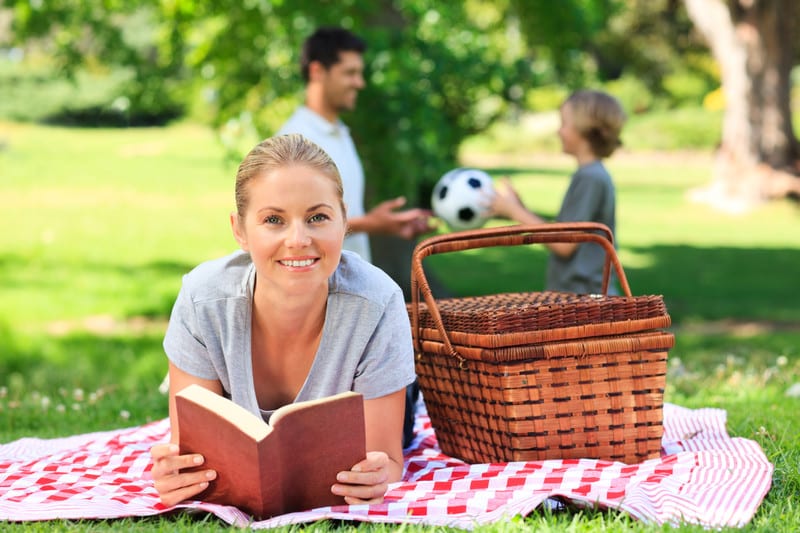
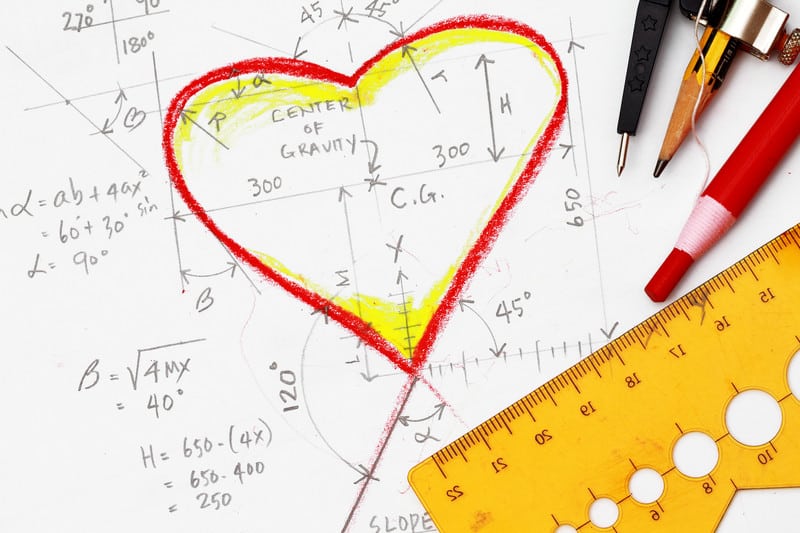
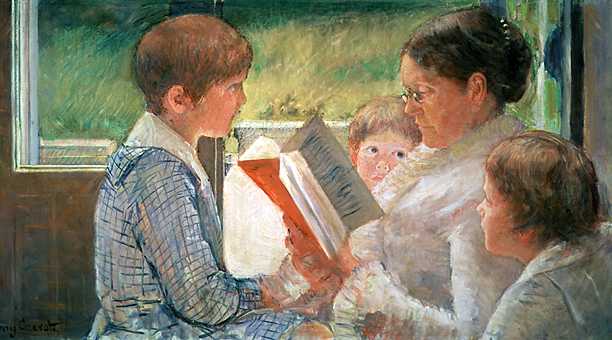

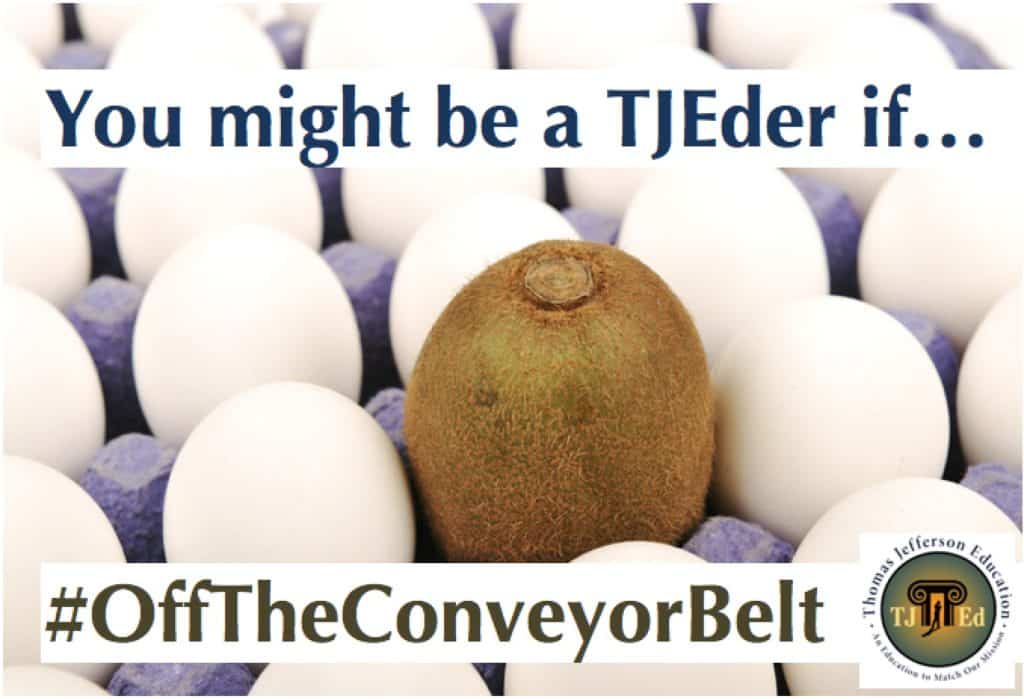


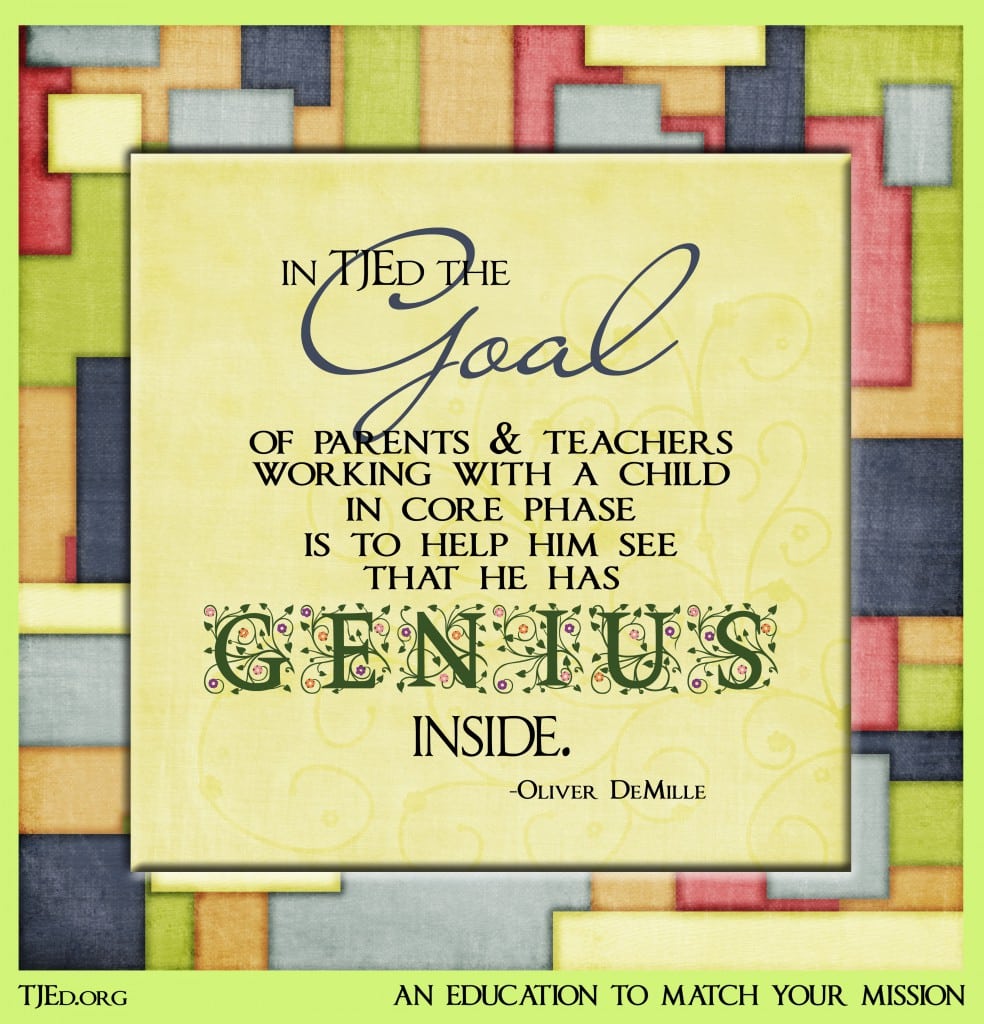
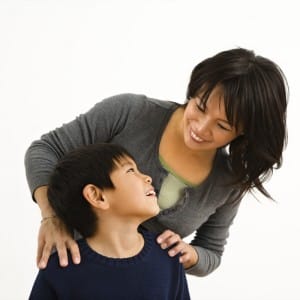

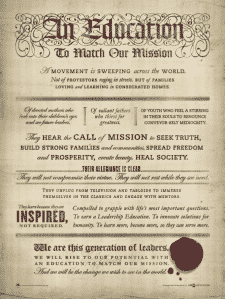


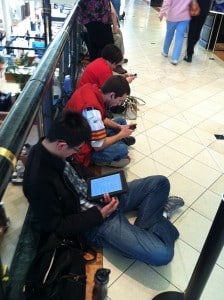
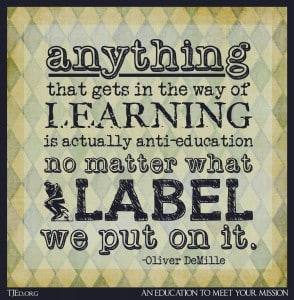
I read The Rithmatist aloud with my older children (my son is a big Brandon Sanderson fan) and they loved it! My 9 year old boy checked out geometry books from the library afterward and has been studying them ever since.